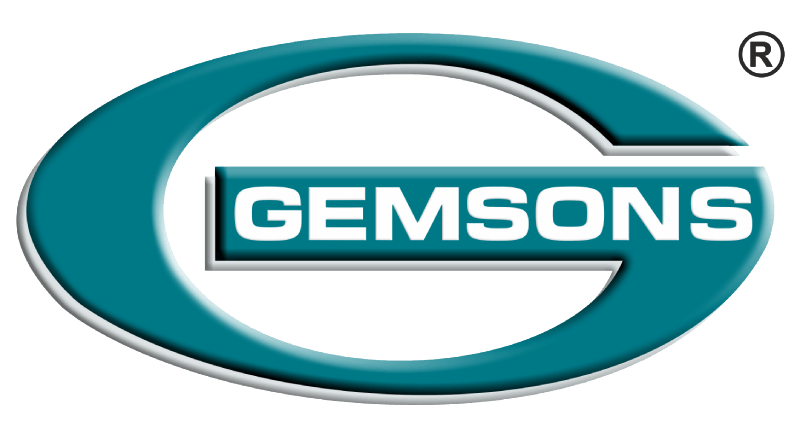Machined shafts are the backbone of machinery and equipment in many industries. They transmit power, bear loads, and support other mechanical systems in automotive, aerospace, and industrial manufacturing. Although machined shafts are pretty essential, they can easily wear out. Detecting the early signs of failure is what prevents unwanted breakdowns and costly downtime.
Let’s discuss some good methods by which early signs of failure can be identified in machined shafts and how regular maintenance will keep operations running without any downtime.
Common Causes of Shaft Failure
To understand how to identify early signs of failure, it is necessary first to know why machined shafts fail. The common reasons are as follows:
- Overloading: Heavy loads can bend or break the shaft, especially if there is an enormous torque or pressure on it.
- Misalignment: A slight misalignment increases wear on a shaft, causing it to fail sooner.
- Poor Lubrication: Least lubrication increases friction in and around the shaft, causes overheating, and hence its early degradation.
- Corrosion and Contamination: Shafts exposed to moisture, dirt, and chemicals are prone to corroding or contaminating the structures.
Knowing the causes enables one to come up with effective preventive measures that ensure shafts are at their prime working condition.
Early Signs of Shaft Failure
Examinations of machined shafts often detect possible malfunctions before they occur. Consider the following important early failure indications:
- Unusual Vibrations: Such vibrations usually point to shaft imbalance or misalignment. The shaft can crack and even break due to such stresses. Regular vibration analysis will be able to catch these problems early on.
- Unusual Noises: Grinding, squealing, or other unusual noises could mean that friction is too high or that lubrication is either inadequate or worn out in the bearings of the shaft. Such noises should be checked right away before things get worse.
- Visible Wear or Cracks: Visible wear is usually characterized by scoring or scratching on the shaft. In a minor crack, things may not look that bad at first glance. Such cracks may, however, expand and may even lead to catastrophic failure when stress is generated.
- Increased Temperature: Excessive temperature generation in the region of the shaft indicates friction, inadequate lubrication, or excessive loads. Temperature variation thus becomes an indicator of possible failures at early stages of their development.
- Shaft Misalignment: Although machined shafts don’t show any visible signs due to misalignment, the continued wear and tear caused by this misalignment will then be detected by lasers applied in alignment tools during performing your maintenance inspection.
- Bearing Wear: Bearings are the principal means of bearing the load of the shaft. Wear in bearings can be observed to include higher play and noise. Therefore, you get an indication of shaft conditions through bearing regular inspections.
Preventive Measures to Avoid Downtime
Preventive measures to prevent downtimes can be undertaken with ease if the indications of failures begin appearing early. Some tips for preventing downtimes include the following:
- Equipment Inspection: Maintenance after the routine periodical inspection helps detect minimum problems in time. Visual analysis through vibrations and temperature observation is a very viable technique.
- Proper Lubrication: Lubrication minimizes friction and overheating and prevents wear and tear on shafts. Hence, the proper lubricant should be selected and applied at the right levels.
- Align Shafts Properly: Misalignment is the major cause of wear in shafts. Proper alignment tools will ensure correct shaft alignment during installation and maintenance.
- Load Management: Make sure the shafts are performing within the designed load boundaries. Overloading creates stress and wears on shafts immediately.
- Environmental Control: Protect shafts from corrosion by moisture, dust, or chemical elements. Use shields or enclosures in moist, dusty, or highly chemical environment areas to minimize corrosion and contamination.
- Scheduled Upkeep: Scheduled upkeep in the form of cleaning, re-lubrication, and calibration should be part of the preventive upkeep plan. Scheduled periodic maintenance will ensure that small issues are caught before they get out of hand.
- Upgrading to Advanced Materials: When possible, use shafts of high-tech materials offering greater strength, resistance to corrosion, or toughness. Improvements in material will often significantly extend the life of shafts.
Why Timely Detection and Prevention Matter
Replacement of the failed shaft can cost a lot, along with lost and idle time during the breakdown. Preventive monitoring of machined shafts can help companies extend the life of equipment, provide safety, and avoid the financial shocks associated with equipment breakdown.
Problems in the machined shaft ensure that companies plan repairs whenever scheduled downtime is at hand rather than at times of a costly and rush-like breakdown.
Conclusion
With proper early detection of problems, such industries would avoid nonproductive downtime, thus ensuring operational efficiency. Focused on precision CNC machined strong and high-quality shafts for various uses, we at Gemsons Precision Engineering Private Limited have more than 38 years of expertise in the components delivered to performance and longevity. Let’s help you keep running with seamless operations through our world-class manufacturing solutions.



Recent Comments